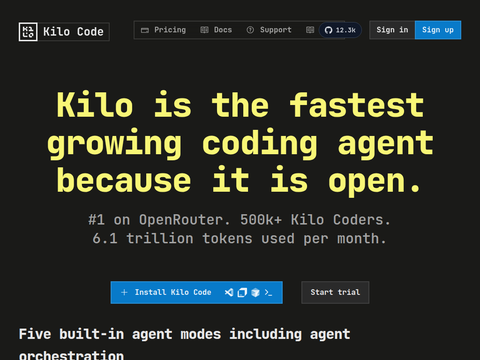Chip startup d-Matrix Inc. today announced it has secured $275 million in funding to accelerate its commercialization efforts.
This Series C round was co-led by Bullhound Capital, Triatomic Capital, and Singapore’s sovereign wealth fund Temasek. The investment brings d-Matrix’s valuation to $2 billion. The company intends to use the capital to expand its global footprint and support customers in building AI clusters based on its technology.
A graphics card traditionally consists of two core components: transistors for processing data and a memory pool—typically based on High Bandwidth Memory (HBM)—for storing data currently in use. HBM is a type of RAM engineered for high-speed data transfer to processing units, constructed by stacking multiple layers of memory circuits.
San Clara–based d-Matrix has developed a different approach with its Corsair inference accelerator. Unlike conventional GPUs that separate processing and memory units, Corsair embeds compute elements directly within the memory array. The company refers to this architecture as “digital in-memory computing,” which it claims delivers higher performance and greater energy efficiency compared to traditional HBM-based designs.
Corsair comes in the form of a PCIe card that can be installed into standard servers. Each card integrates two custom chips implementing d-Matrix’s digital in-memory computing technology.
Each of Corsair’s chips contains 1GB of SRAM—a high-speed memory type commonly used in processor caches. According to d-Matrix, engineers have repurposed portions of this SRAM to perform vector-matrix multiplications, the foundational mathematical operations used by AI models during inference.
In addition to SRAM, the custom chips include other functional blocks. A control core based on the open-source RISC-V architecture coordinates chip operations, while certain computations unsuitable for SRAM execution are offloaded to specialized SIMD cores optimized for parallel processing.
These internal components are interconnected via a proprietary interface called DMX Link. d-Matrix also incorporates a 256GB memory pool based on LPDDR5—a low-power RAM variant typically found in mobile devices—to store AI model data when on-chip SRAM capacity is exceeded.
Corsair supports block floating-point data formats, which require less storage space than standard GPU data representations. When processing models stored in the MXINT4 block floating-point format, Corsair achieves a throughput of 9,600 trillion operations per second (TOPS), according to the company.
d-Matrix also offers JetStream, a network interface controller (NIC) designed to interconnect multiple Corsair-equipped servers into a unified AI inference cluster. Data center operators can deploy JetStream by attaching its modules directly to switches within server racks.
Last month, the company unveiled SquareRack, a reference architecture simplifying the deployment of Corsair-powered AI clusters. Each SquareRack supports up to eight servers per rack, with each server housing eight Corsair cards. This configuration enables a single rack to run AI models with up to 100 billion parameters entirely in SRAM—delivering up to 10x the performance of HBM-based alternatives, per d-Matrix.
Alongside the hardware, d-Matrix provides Aviator, a software stack that automates AI model deployment on its accelerators. Aviator also includes tools for model debugging and real-time performance monitoring.
The company plans to launch Raptor next year—a more powerful successor to Corsair. Raptor will feature a 3D-stacked architecture, placing memory directly atop compute modules. This design minimizes data travel distance, significantly boosting processing speed.
Raptor will also benefit from a manufacturing process upgrade, shifting from the 6-nanometer node used in Corsair to a more advanced 4-nanometer technology. Such a transition typically enhances both computational speed and power efficiency.








